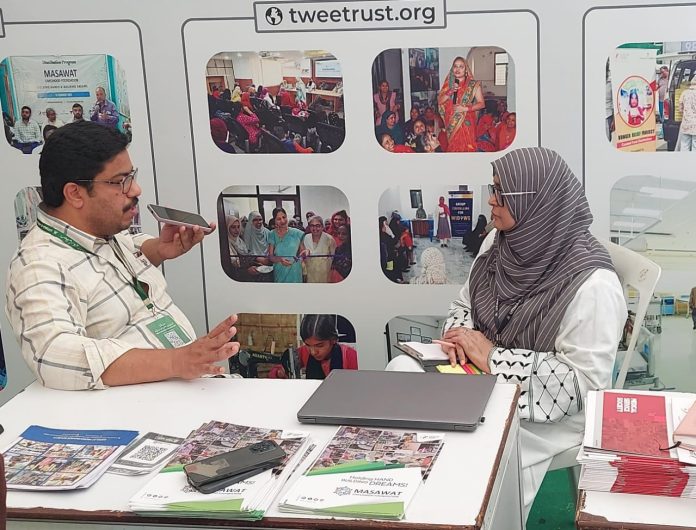Mr M Sajid, Director of Vision 2026 and General Secretary of Human Welfare Foundation (HWF), brings a wealth of experience and a diverse academic background to his leadership roles. With a BSc in Medical Technology and an MBA in Media Business Management, he has seamlessly combined his technical knowledge with a passion for social causes.
His professional journey includes a notable tenure at MediaOne, where he served as Deputy CEO and Business Head from 2010 to 2021, significantly contributing to the organisation’s growth and media outreach. Sajid’s roots are deeply tied to tehreeki connections. His education at a school run by Jamaat-e-Islami Hind and his involvement with the Students Islamic Organisation (SIO) and Solidarity Youth Movement and state and Central level leadership shaped his commitment to social and educational initiatives. He lives with his wife, who is a physics teacher, and their three sons. In an interviewed with Sajida A Zubair, Mr Sajid talks of how Vision 2026 evolved “from its early stages to the impactful organisation it is today”.
Sajida Zubair (SZ): You’ve witnessed Vision 2026 evolve over the years. Could you share your journey with the organisation, your reflections on its growth, and how you envision its future in the rapidly changing landscape of the country?
M Sajid (MS): Although I wasn’t involved with Vision 2026 from its inception, I had the privilege of closely observing its growth, guided by the vision of Dr. Abdul Haq Ansari and Professor Siddique Hassan. I was fortunate to have built strong ties with both leaders, watching Vision evolve from its early stages to the impactful organisation it is today.
When I was entrusted with its leadership, I made it a priority to deeply understand the current challenges and opportunities. Alhamdulillah, Vision 2026 has expanded its mission significantly. However, given the dynamic socio-political environment, I believe it’s imperative to scale up our efforts. Some foundational areas require enhancement and excellence, while others demand better marketing and strategic collaborations. Currently, Vision 2026 operates independently, but to achieve greater impact, we must partner with like-minded NGOs and organisations.
SZ: India’s diversity poses both challenges and opportunities for social development. How does Vision 2026 address the unique needs of various communities, especially those that are economically, educationally, and culturally disadvantaged?
MS: India’s vast and diverse structure is both its strength and its challenge. As the Father of the Nation aptly said, “The soul of India lives in its villages.” The contrast between villages, towns, and bustling metros is striking, highlighting the significant gap between different sections of society.
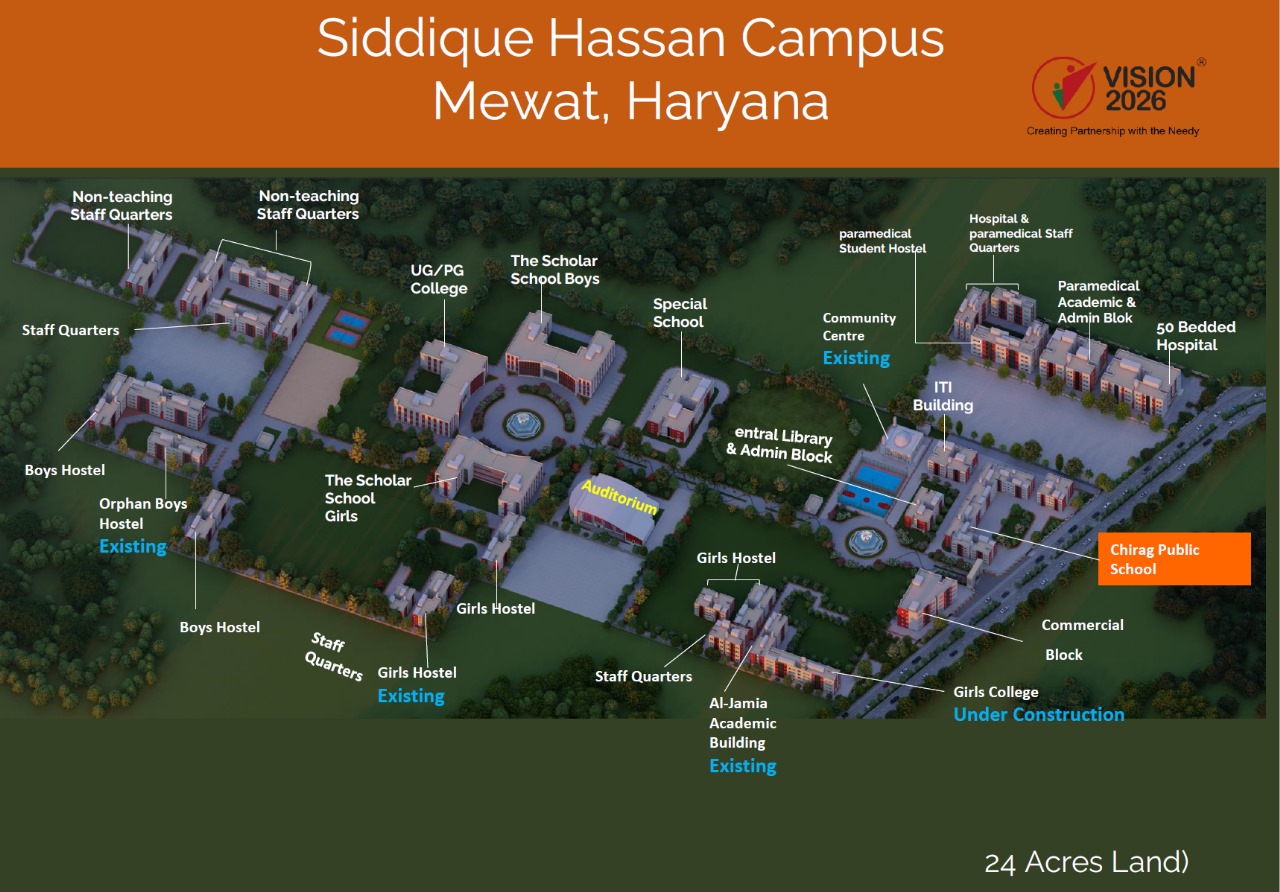 It is encouraging to see multiple NGOs working with distinct missions across this diverse landscape. At Vision 2026, we are deeply aware of India’s diversity and the specific struggles faced by many backward communities. Numerous government reports from commissions and committees have affirmed this reality.
It is encouraging to see multiple NGOs working with distinct missions across this diverse landscape. At Vision 2026, we are deeply aware of India’s diversity and the specific struggles faced by many backward communities. Numerous government reports from commissions and committees have affirmed this reality.
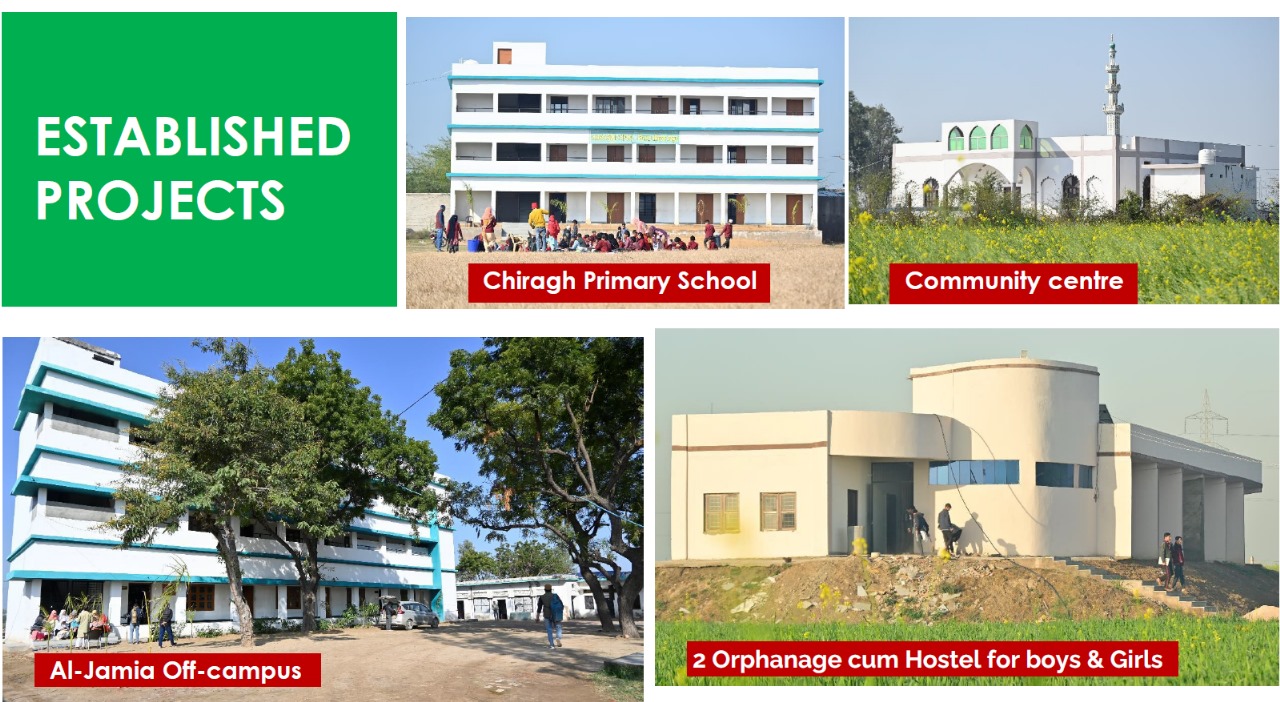 Our focus is on areas where people lag behind – educationally, economically, and culturally. Our goal is to integrate and uplift these communities, ensuring they are included in the broader narrative of progress and development.
Our focus is on areas where people lag behind – educationally, economically, and culturally. Our goal is to integrate and uplift these communities, ensuring they are included in the broader narrative of progress and development.
SZ: What inspired the founding of Vision 2026, and how did the organisation evolve in response to the challenges identified in the early years?
MS: Vision 2026 was formally launched in 2006, with its initial phase known as Vision2016, designed as a 10-year plan. The turning point came in 2005, when the Sachar Committee report was released. This report was a wake-up call for India’s political system and community leadership. It highlighted the stark reality that certain communities – especially Dalits and Muslims – lagged far behind national development indicators, with Muslims even faring worse than Dalits in some areas.
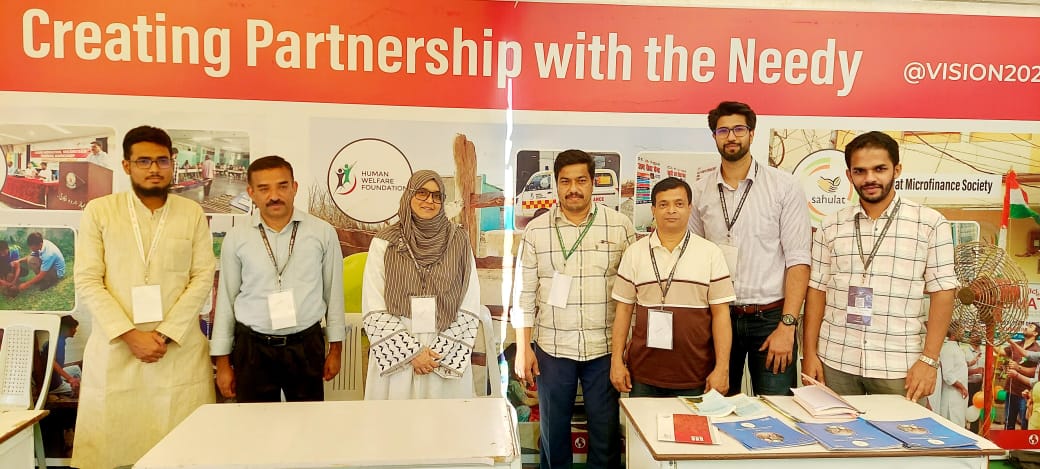
Prof. Siddique Hassan envisioned that addressing these challenges required a systematic approach through formal NGOs. His belief was that only a structured, professional framework could effectively tackle the multifaceted issues these communities faced. If approached merely as charity, it would be too limited in scope. Thus, the HWF was established as the first NGO under this vision, followed by the formation of additional NGOs, all working together under the Vision 2026 umbrella to create a more comprehensive impact across various sectors.
SZ: What were the initial challenges Vision 2026 faced, particularly in addressing the educational needs of marginalised communities?
MS: When Vision2016 began its journey, the primary challenge was the widespread lack of awareness about the importance of education. The Sachar Committee report revealed that many sectors are underdeveloped, particularly among Dalits and Muslims. The report provided critical data that helped us identify areas needing urgent attention.
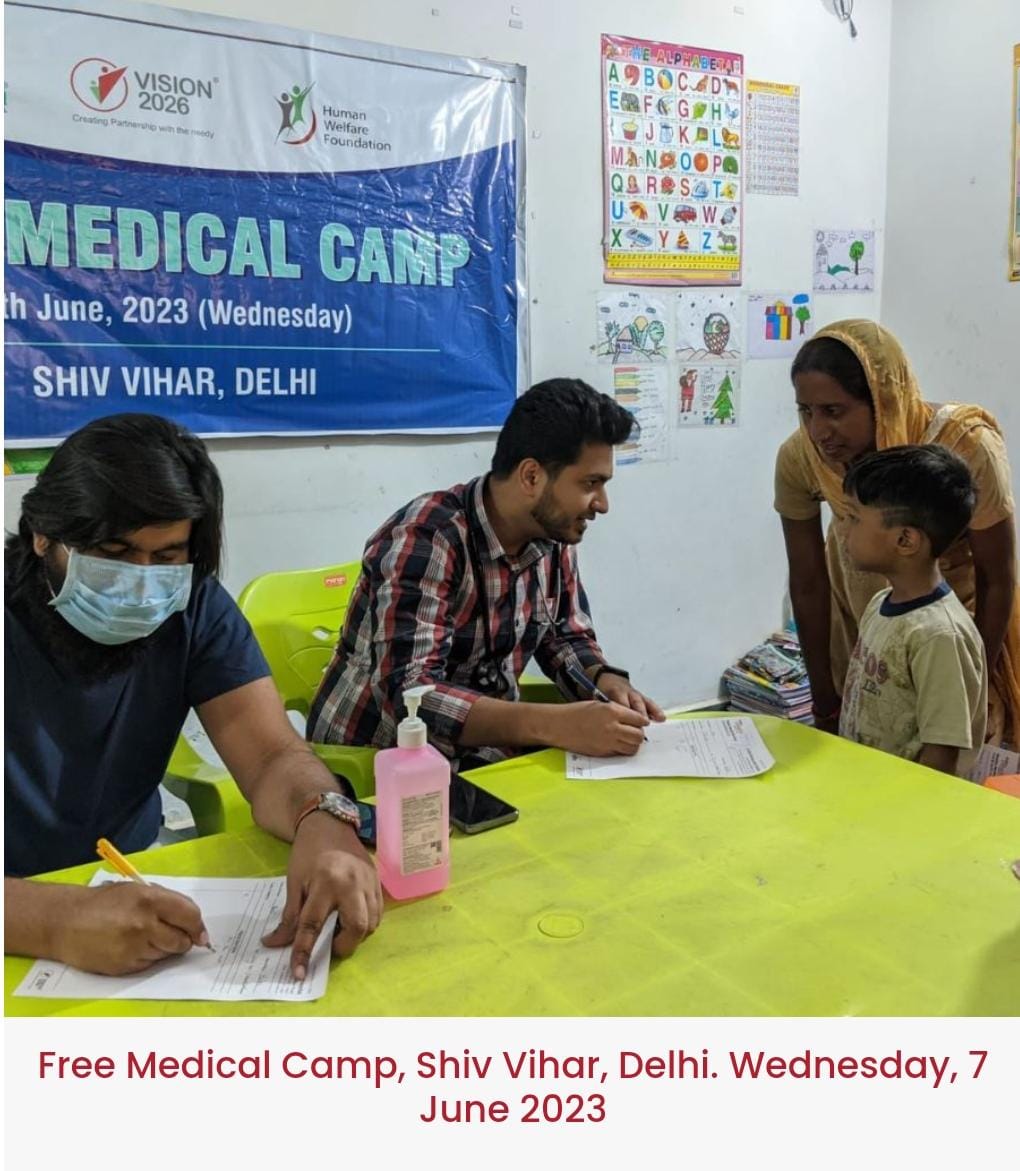 Based on these statistics, our founding leaders identified key focus areas and resolved to channel efforts into specific tasks and localities. Naturally, education emerged as the cornerstone for driving sustainable change. Alongside, other priority areas included economic empowerment, village development, women’s advancement, disaster management, and more.
Based on these statistics, our founding leaders identified key focus areas and resolved to channel efforts into specific tasks and localities. Naturally, education emerged as the cornerstone for driving sustainable change. Alongside, other priority areas included economic empowerment, village development, women’s advancement, disaster management, and more.
 We carefully selected a few of our signature programmes to implement in some of the most underprivileged areas. One such focus was Nuh, in the Mewat region – a district with a predominantly Muslim population. Despite its proximity to the nation’s capital, Nuh remains one of the most underdeveloped regions in terms of progress and opportunities.
We carefully selected a few of our signature programmes to implement in some of the most underprivileged areas. One such focus was Nuh, in the Mewat region – a district with a predominantly Muslim population. Despite its proximity to the nation’s capital, Nuh remains one of the most underdeveloped regions in terms of progress and opportunities.
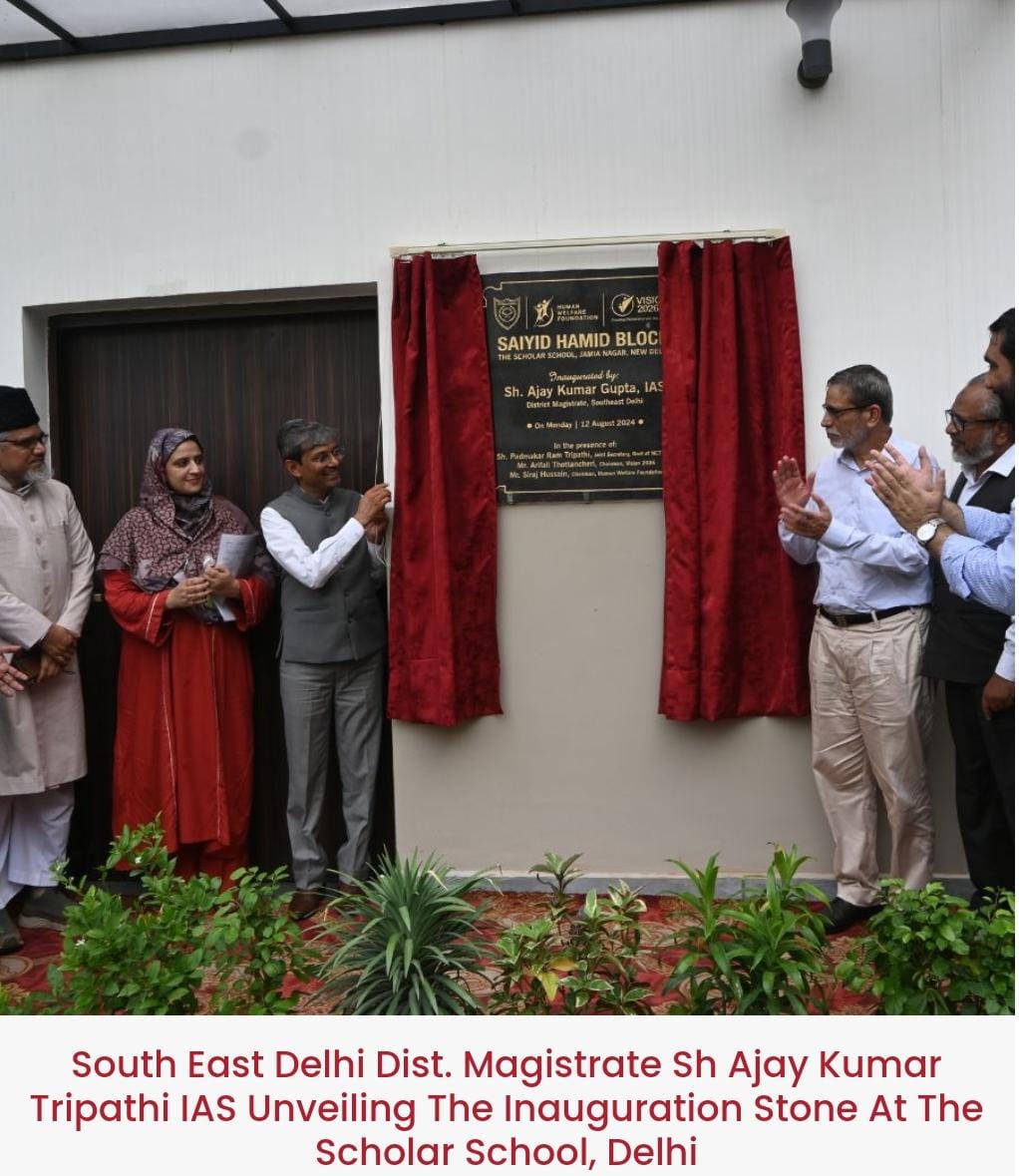
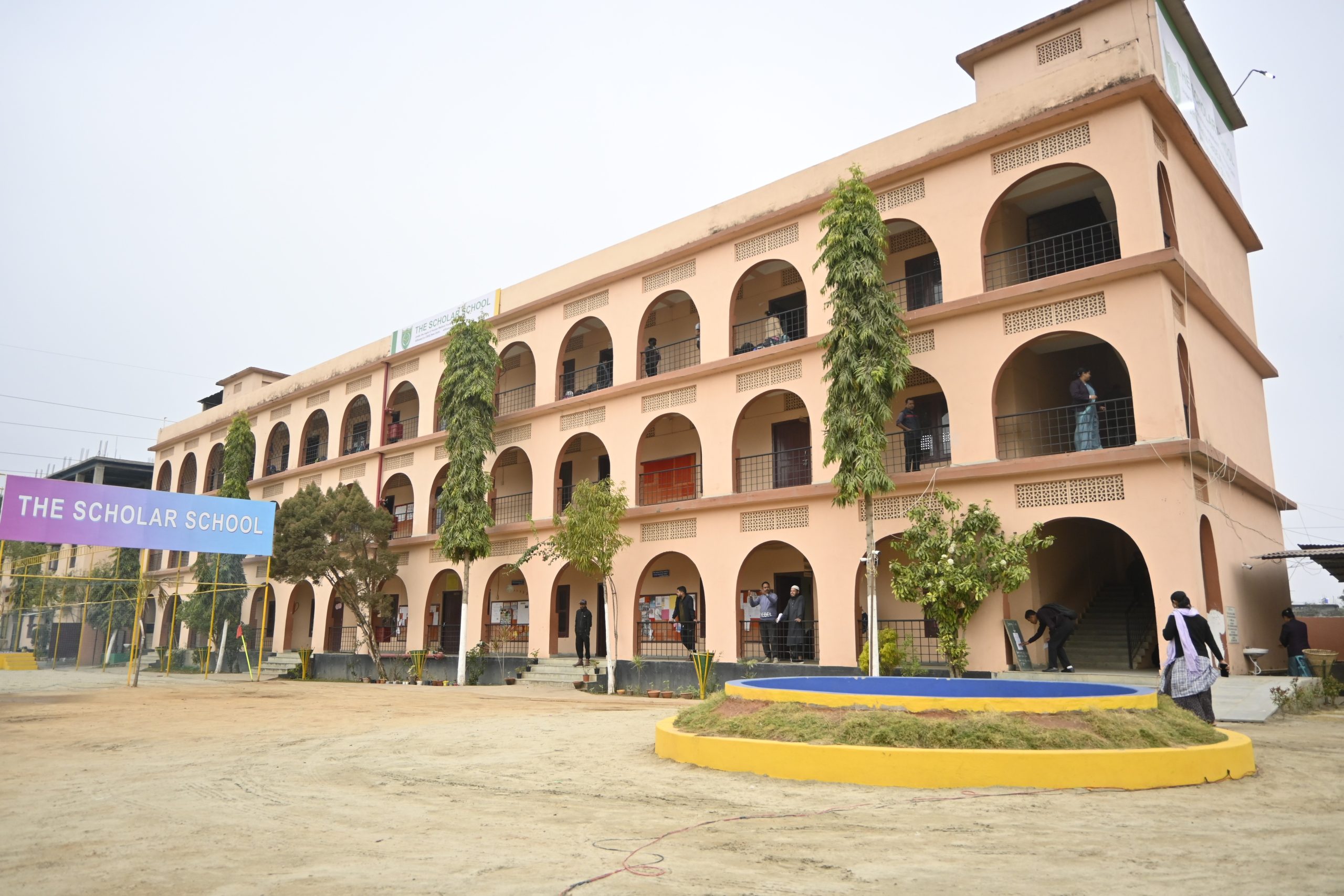 In Mewat, the mindset toward education posed a significant hurdle. For many, education was seen as optional – something to pursue only if resources and time permitted after meeting other basic needs. Enrolling children in school was a daunting task. However, through persistent efforts, we established a higher secondary School, UG College and a Hindi medium school on our campus. Today, nearly 100% of parents consistently send their children to school, marking a significant shift in the community’s attitude toward education.
In Mewat, the mindset toward education posed a significant hurdle. For many, education was seen as optional – something to pursue only if resources and time permitted after meeting other basic needs. Enrolling children in school was a daunting task. However, through persistent efforts, we established a higher secondary School, UG College and a Hindi medium school on our campus. Today, nearly 100% of parents consistently send their children to school, marking a significant shift in the community’s attitude toward education.
SZ: What was the response from the Muslim community toward these social development initiatives?
MS: One of the early challenges we faced was the prevailing mindset within the Muslim community. Many did not view initiatives like establishing educational institutions, creating awareness, supporting livelihood projects, offering scholarships, or providing vocational training as religious activities. To them, religious work was limited to constructing madrasas and mosques.
 Convincing the community to see these initiatives as an extension of their religious responsibility was difficult. Encouraging people to volunteer for these causes required persistent effort. However, through unwavering dedication and continuous engagement, we gradually overcame these hurdles. Today, we have built a strong network of committed volunteers and support systems, enabling us to effectively carry forward our mission.
Convincing the community to see these initiatives as an extension of their religious responsibility was difficult. Encouraging people to volunteer for these causes required persistent effort. However, through unwavering dedication and continuous engagement, we gradually overcame these hurdles. Today, we have built a strong network of committed volunteers and support systems, enabling us to effectively carry forward our mission.
SZ: Could you provide a brief overview of HWF and its key initiatives under the Vision 2026 umbrella?
MS: As mentioned earlier, Vision 2026 is the overarching concept, aligned with 11 of the 17 Sustainable Development Goals (SDGs) set by the United Nations. It serves as a platform to unite NGOs with shared objectives. Currently, nine NGOs operate under the Vision 2026 framework, with the largest being the HWF. HWF focuses primarily on education, healthcare, orphan care, and vocational training.
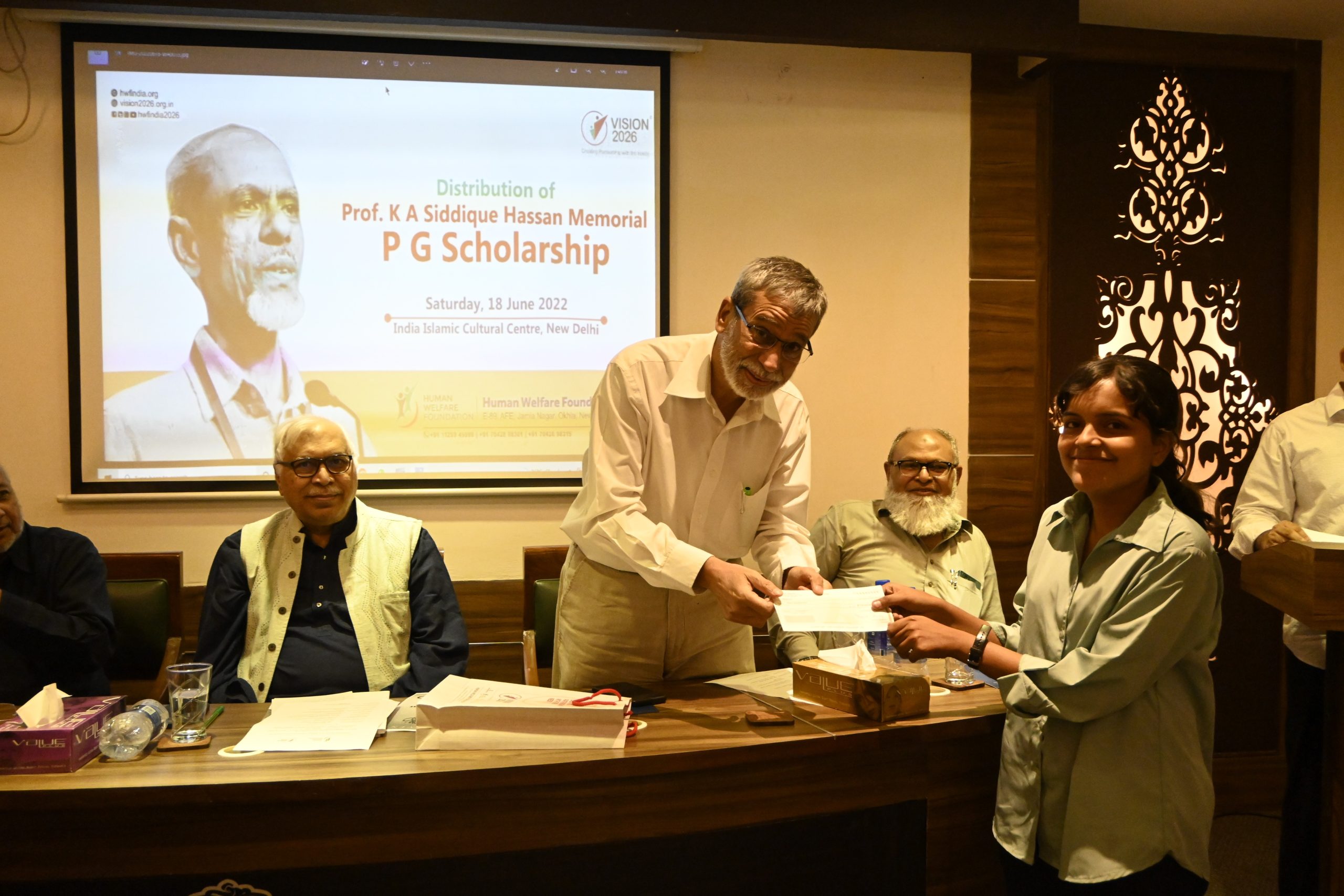
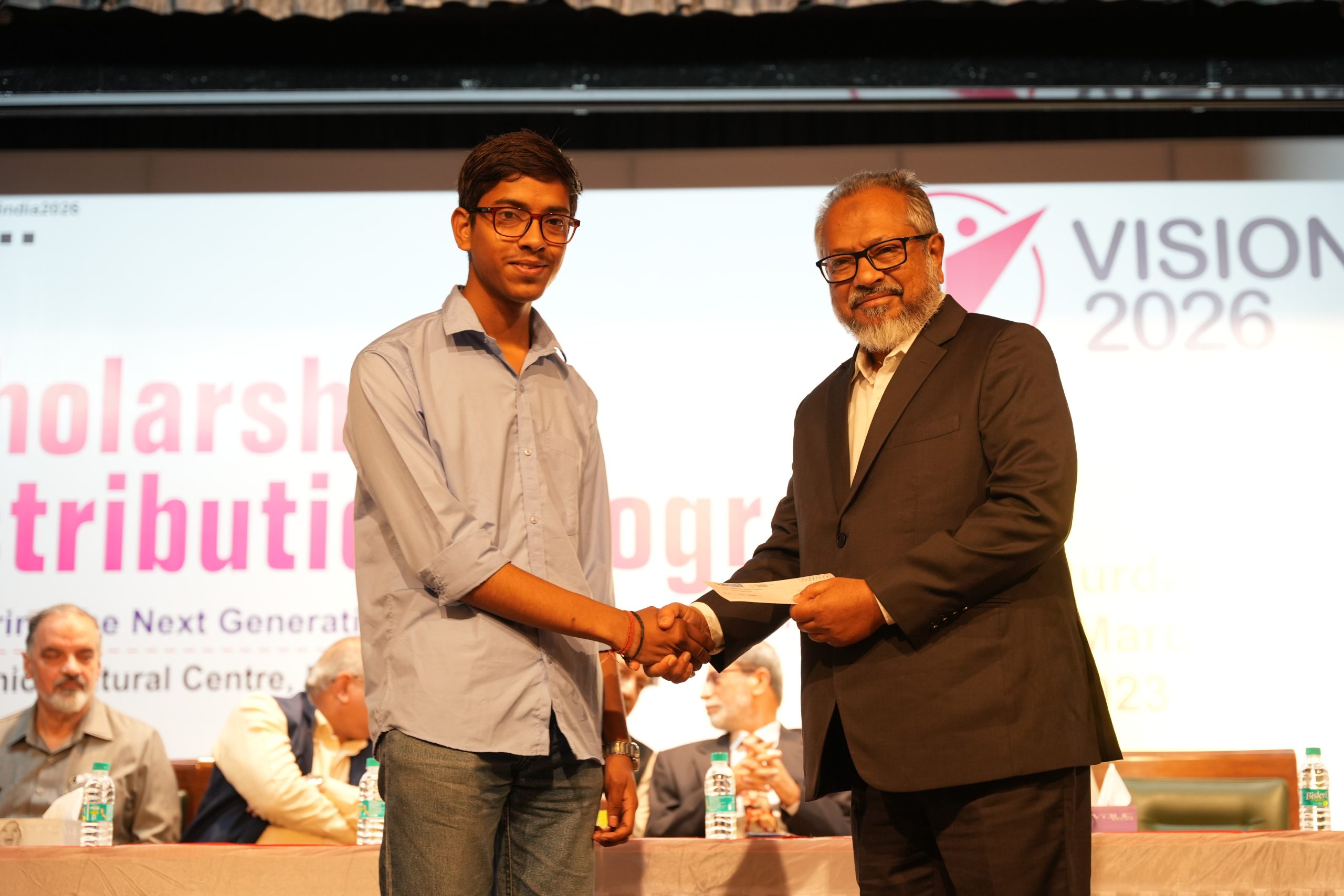 Education remains HWF’s core focus, with eight campuses across six states and support for over 50 schools nationwide. It offers UG and PG scholarships, including the Prof. Siddique Hassan Special Scholarship, and runs a dedicated career guidance wing called CTAG (Centre for Training and Academic Guidance). Additionally, HWF conducts teacher training programmes in various states to enhance the quality of education and career readiness. The West Bengal chapter of CTAG has been successfully running a specialised residential coaching programme for the West Bengal Civil Service over the past two years, yielding highly promising results. Additionally, CTAG offers coaching for other competitive exams such as CUET and CLAT, empowering students to excel in diverse fields.
Education remains HWF’s core focus, with eight campuses across six states and support for over 50 schools nationwide. It offers UG and PG scholarships, including the Prof. Siddique Hassan Special Scholarship, and runs a dedicated career guidance wing called CTAG (Centre for Training and Academic Guidance). Additionally, HWF conducts teacher training programmes in various states to enhance the quality of education and career readiness. The West Bengal chapter of CTAG has been successfully running a specialised residential coaching programme for the West Bengal Civil Service over the past two years, yielding highly promising results. Additionally, CTAG offers coaching for other competitive exams such as CUET and CLAT, empowering students to excel in diverse fields.
A key initiative is the Nagrik Vikas Kendra (NVK), which helps beneficiaries access government schemes and ensures follow-up until they receive the intended support. Over 40 NVKs are operational across various states, facilitating the distribution of ₹44 crore worth of government benefits.
SZ: How does Human Welfare Trust contribute to Vision’s mission? Can you mention a few of its notable initiatives?
MS: The Human Welfare Trust (HWT) plays a vital role in addressing education, healthcare, and hunger relief. One of its landmark initiatives is the Al Shifa Hospital in Abul Fazal Enclave, a renowned medical facility inaugurated by the then Chief Minister, Mrs. Sheila Dikshit. Known for providing quality healthcare, Al Shifa is a well-managed hospital catering to the needs of the community.
In addition to healthcare, HWT is deeply involved in hunger relief efforts. It has established community kitchens in cities like Delhi, Kolkata, and Lucknow, with plans for further expansion. These kitchens are part of a broader mission to combat hunger and provide nutritious meals to those in need, demonstrating HWT’s commitment to holistic community welfare.
SZ: Can you elaborate on the role of the Society for Bright Future (SBF) and its key initiatives?
MS: The Society for Bright Future (SBF) is an NGO dedicated to disaster management and relief efforts. With over 2,000 trained volunteers, SBF actively responds to natural disasters such as floods, landslides, cyclones, and fire incidents. One of its noteworthy achievements is its collaboration with the army in implementing the concept of Disaster-Free Modern Villages, showcasing a proactive approach to disaster preparedness.
 SBF conducts extensive disaster management training at national, state, and district levels, ensuring that volunteers are equipped to handle emergencies effectively. Their work exemplifies a commitment to building resilient communities through both immediate relief efforts and long-term disaster mitigation strategies.
SBF conducts extensive disaster management training at national, state, and district levels, ensuring that volunteers are equipped to handle emergencies effectively. Their work exemplifies a commitment to building resilient communities through both immediate relief efforts and long-term disaster mitigation strategies.
SZ: How does Sahulat Microfinance address the financial needs of marginalised communities, and what impact has it had so far?
MS: Sahulat Microfinance operates on the widely recognised concept of microfinancing, with the primary aim of supporting economically disadvantaged individuals and shielding them from exploitative interest-based financial systems. It functions as a registered cooperative umbrella body, providing interest-free financial assistance through a network of over 60 cooperatives and approximately 111 branches.
Each branch typically serves around 1,000 to 2000 members, functioning as Self-Help Groups (SHGs) with daily or monthly deposit schemes. These pooled deposits enable the co-operative to offer interest-free loans. In the last financial year alone, all branches of these co-operatives disbursed loans totalling over ₹650 crore, significantly empowering its members by promoting financial stability and independence.
Sahulat serves as a guiding umbrella, providing comprehensive support to each cooperative in areas such as legal structuring, liaison, training, and technology assistance.
SZ: What is The Women Education Empowerment Trust (TWEET), and what key initiatives does it undertake?
MS: The Women Education Empowerment Trust (TWEET) is a newly established NGO dedicated exclusively to the upliftment of women, recognising them as a vital and substantial part of the community. TWEET emphasises both educational and economic empowerment, aiming to foster self-reliance and leadership among women.
Its key initiatives include programmes in education, economic empowerment, widow support, social empowerment, and leadership development. TWEET also provides accommodation facilities for girls, operates Mahila Help Desks, and offers scholarships for meritorious girls, ensuring holistic support for women’s growth and well-being.
SZ: While many of the NGOs under Vision 2026 support both men and women equally, what prompted the formation of TWEET as a separate organisation focused on women’s empowerment?
MS: Although all the NGOs under Vision 2026 offer equal support to both men and women, TWEET was formed in 2019 as a separate entity due to the unique challenges women face, particularly in rural areas.
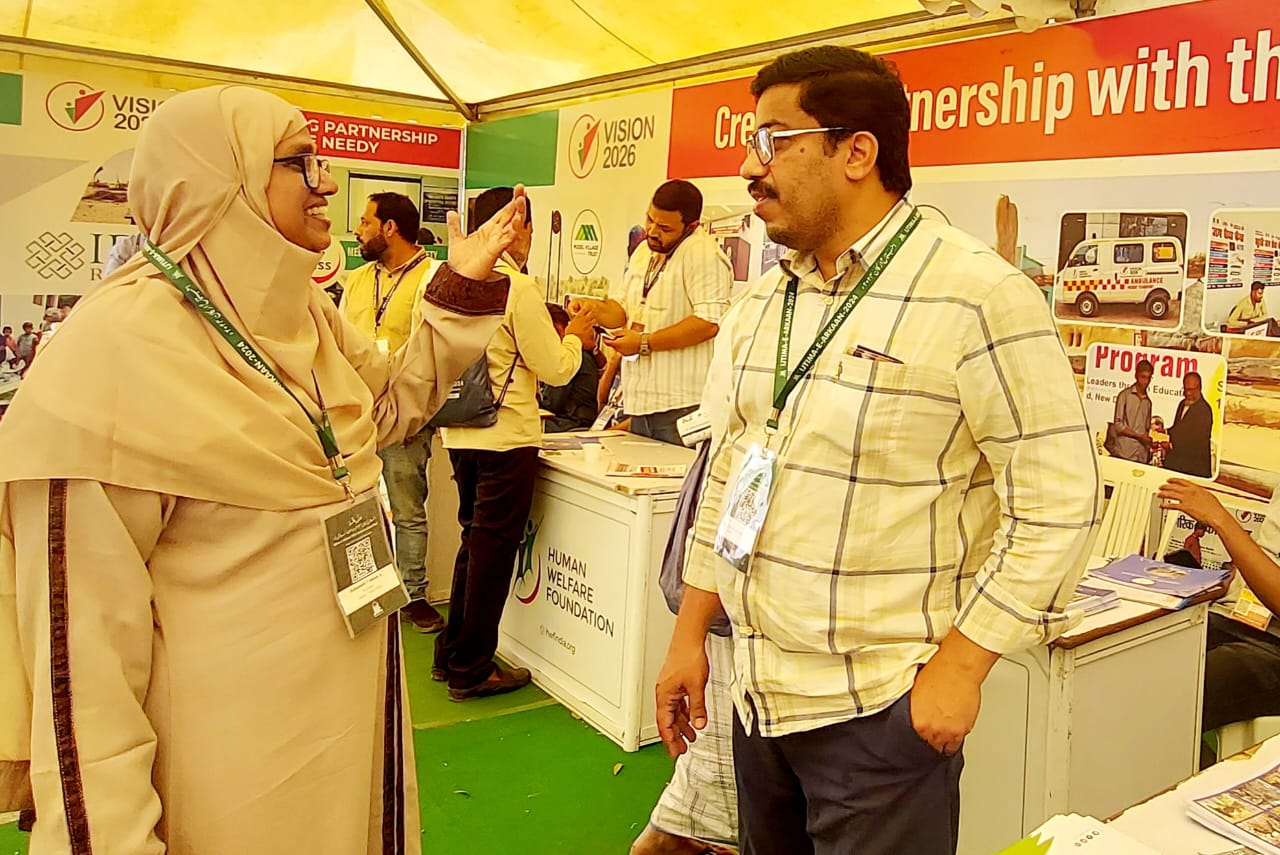
Gender discrimination remains a harsh reality in India, and its impact is especially evident in rural societies.
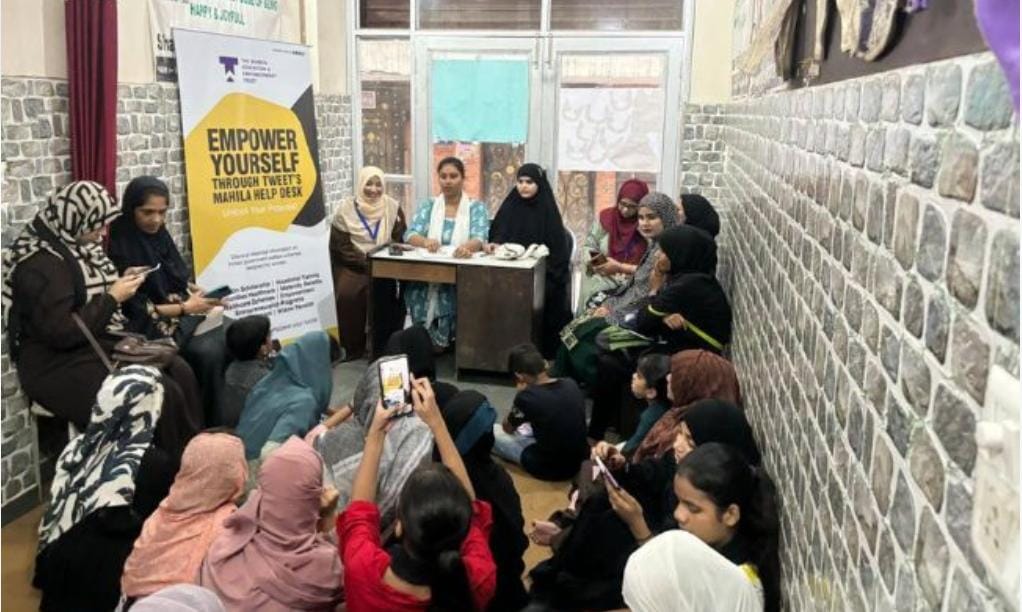
Statistics consistently show the deep-rooted biases, particularly in sectors like healthcare. For example, in many rural households, boys are given priority when it comes to seeking medical attention, while girls are often advised to rely on home remedies. This stark gender bias highlights the need for a focused approach to address these inequities, and TWEET was established to specifically empower women, offering them the support and opportunities they deserve to overcome such systemic challenges.
SZ: What is the focus of the Masawat Livelihood Foundation, and how does it support individuals in developing sustainable livelihoods?
MS: The Masawat Livelihood Foundation was recently established as a Section 8 Company to support livelihood development through a range of micro, medium, and large-scale schemes. The foundation provides loans ranging from ₹25,000 to ₹2 lakh to individuals looking to establish small-scale entrepreneurial ventures.
The unique aspect of Masawat’s model is that these loans are designed to be repaid by the beneficiaries, creating a revolving fund. This ensures that the amount circulates and can be reinvested in further empowering individuals to build sustainable livelihoods and foster economic independence within their communities.
SZ: Can you tell us about the Model Village Trust and how it is working to improve conditions in India’s most backward villages?
MS: The Model Village Trust operates on a unique concept of adopting small, underdeveloped villages with a focus on education, healthcare, employment, and agricultural awareness. Each adopted village is assigned a dedicated coordinator to ensure the initiatives are effectively implemented.
One of the Trust’s key strategies is to leverage government schemes for the benefit of these villages. For example, they connect villages to nearby healthcare facilities, Agriculture offices etc. and create a systematic linkage between the administration and the local community, ensuring access to essential services.
In each of these adopted villages, noteworthy initiatives include conducting malnutrition surveys among children, distributing nutritious food kits, organising monthly vaccination drives, promoting maternity health awareness, and running menstrual hygiene programmes. Currently, the Model Village Trust has adopted over 40 villages across various states in India, working tirelessly to uplift these communities through integrated development programmes.
SZ: What role does the Medical Service Society play in community health, and how does it contribute to relief efforts?
MS: The Medical Service Society serves as a platform for medical and allied health professionals engaged in various relief activities. Its primary focus is organising medical camps and providing services during disasters.
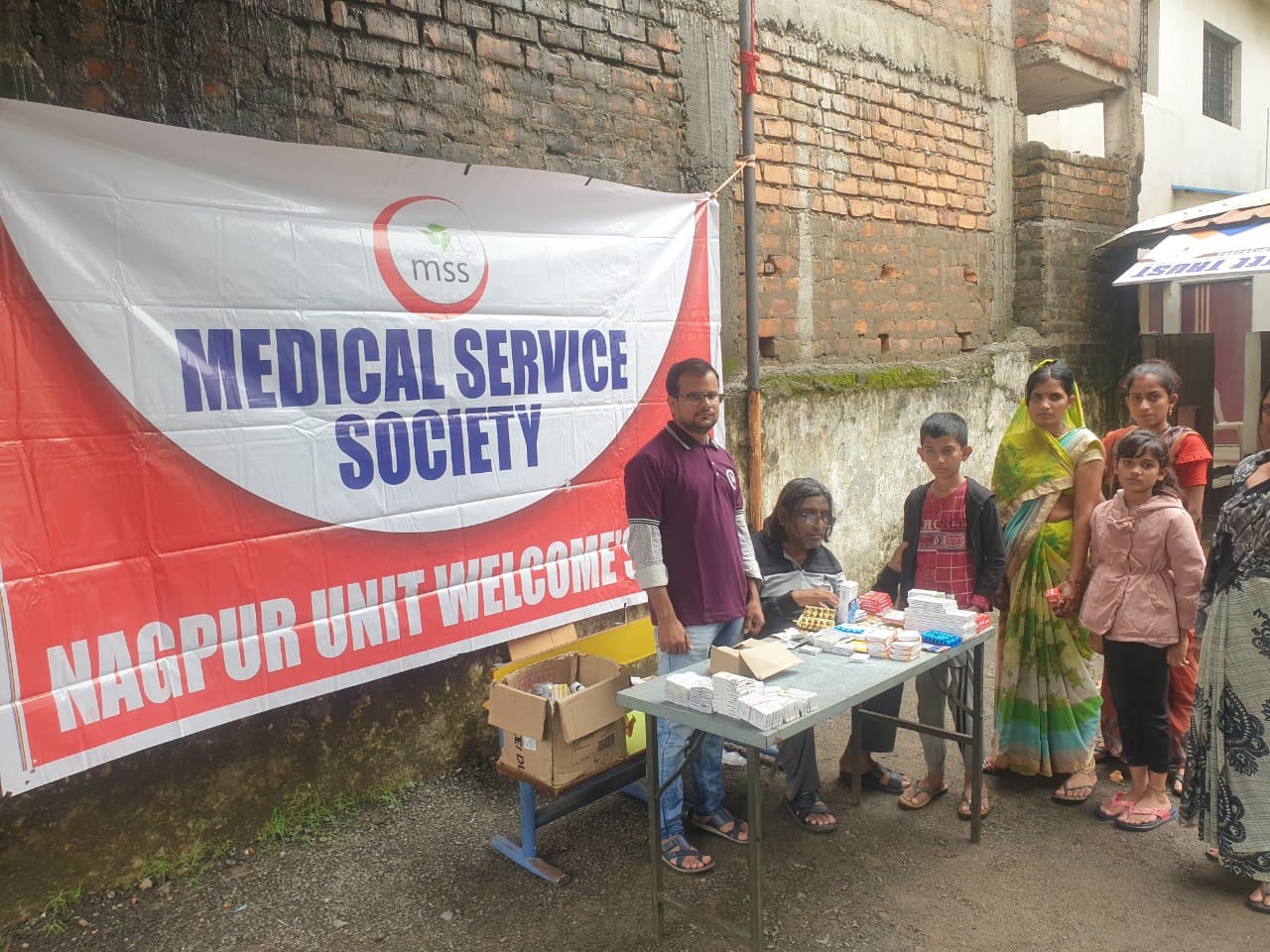
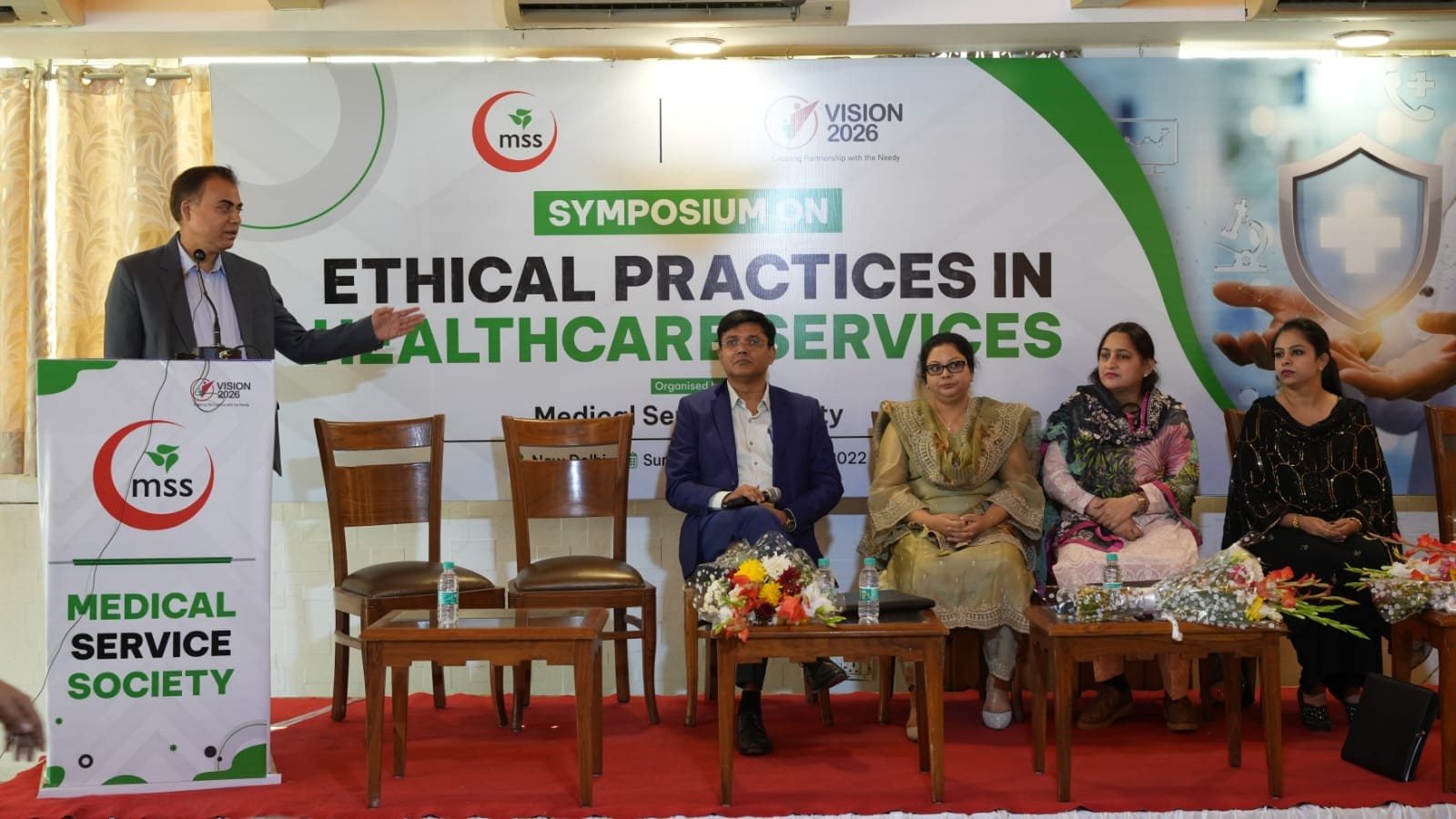
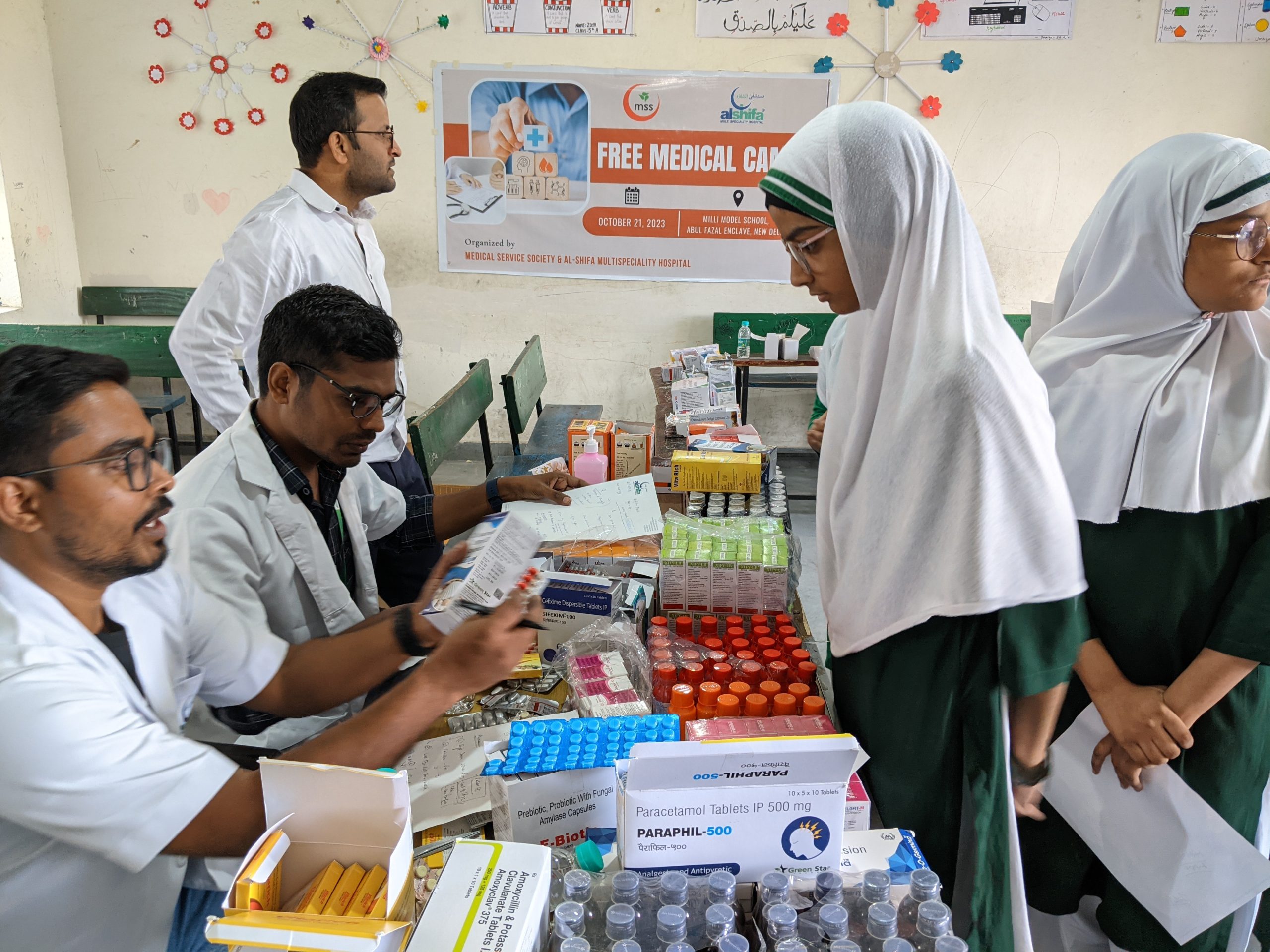
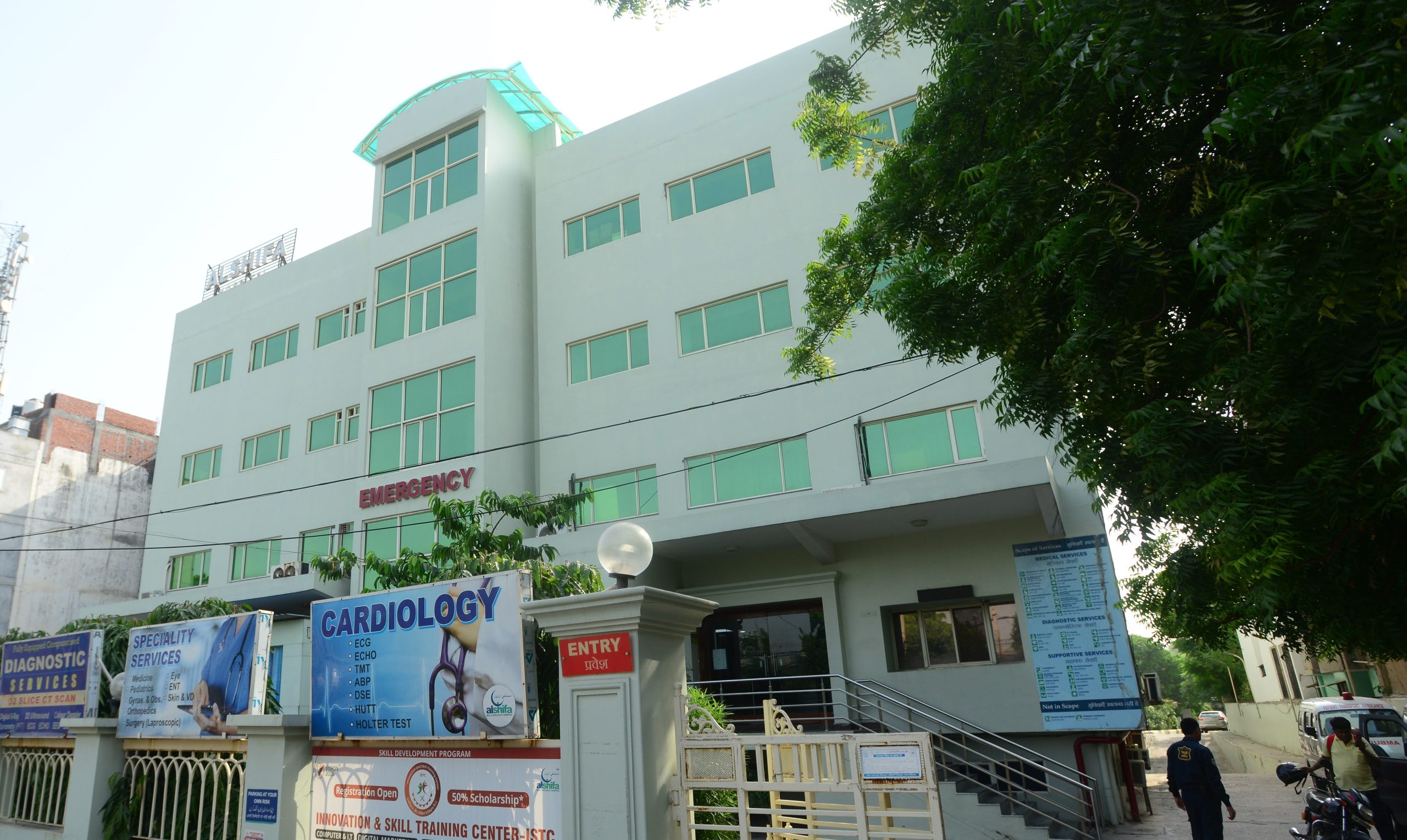 In addition, the Society is dedicated to raising health awareness within communities, ensuring access to essential health services and promoting preventive care. By mobilising skilled professionals, the Society is vital in responding to urgent health needs and contributing to long-term community well-being.
In addition, the Society is dedicated to raising health awareness within communities, ensuring access to essential health services and promoting preventive care. By mobilising skilled professionals, the Society is vital in responding to urgent health needs and contributing to long-term community well-being.
SZ: What is Ideal Relief Trust? And what are its areas of activities?
MS: Ideal Relief Trust is formed to carry out community activities of a religious nature. It is actively involved in distributing food kits during Ramadan and meat of adhahi during Eid al-Adha for economically poor sections in various states. IRT also focuses its activities on the educational and economic empowerment of Imams and Muazzins.
SZ: What are the major Collaborations Vision has had in the past?
MS: The unique approach of Vision 2026 and its associated NGOs revolves around fostering collaborations with local organisations, institutions, groups, and individuals. Over the past 18 years, Vision 2026 has partnered with more than 200 such entities to successfully implement over 7,000 projects, positively impacting 1.7 million individuals across 24 states. The mission now is to further expand and enhance these collaborations, both in scale and impact.
SZ: What has been the response to your collaborations so far, and what are the key areas of focus moving forward?
MS: The response to our collaborations has been overwhelmingly positive, with support coming from other NGOs, society, and even government authorities. Moving forward, we are focusing on four key areas to strengthen and expand our impact.
- Collaborations: We aim to forge stronger partnerships with NGOs, government bodies, individuals, and private firms to enhance our reach and effectiveness.
- Marketing: Despite our significant efforts, public awareness remains a challenge. We are working on improving marketing strategies to ensure that our work reaches a wider audience.
- Excellence: We are committed to transforming all our institutions and endeavours into centres/areas of excellence, providing high-quality delivery and fostering innovation.
- Scaling Up: A crucial focus is the scaling up of our activities to extend our reach and impact across more communities. By expanding our efforts, we aim to bring lasting change to even more people.
SZ: How do you plan to enhance your marketing efforts moving forward?
MS: In terms of marketing, we are looking at a combination of traditional and modern methods. While we continue to use conventional approaches like printed materials and one-on-one meetings, our main focus will be on leveraging digital media more effectively. We already have websites and a presence on social media, but we plan to make systematic efforts to strengthen and expand our digital footprint. By utilising digital platforms more efficiently, we aim to reach a broader audience and raise awareness about our work on a larger scale.


